Optimizing Dragon Fruit Pruning Techniques
When the branches crawl over the top of the pole, bend four branches in a cross shape in the afternoon to avoid breakage. Choose healthy, thick mother branches, creating a canopy based on the principle of one mother branch for one or two side branches. In the second year, do light pruning; at the end of the third year, prune the older branches, keeping about 100 branches on the pole.
Pruning the tips makes it easier to manage, selective pruning creates airflow, and corrective pruning helps control the number of side branches. Older branches should be retained for off-season fruiting.
When the branches crawl over the top of the pole, proceed to bend and secure four branches from the four cuttings in a cross shape using wire. This should be done in the afternoon, as dragon fruit branches are easier to bend then, avoiding bruising or breaking.
Choose branches for canopy formation based on the principle of one mother branch for one or two side branches, prioritizing thick, healthy branches that grow from inside the pole to the outside.
In the second year: Do light pruning to create a canopy shape.
By the end of the third year: Each pole should have about 100 branches, evenly distributed on top of the pole. Prune older branches to create airflow, allowing the plant to concentrate nutrients on new branches. There are three pruning methods:
Head Pruning:
This is done after harvest or before the final fruiting period. Cut off bad branches, leaving about 50 branches at the top of the pole, and trim 3/4 of the length of older branches to encourage new shoots.
-
Advantages: Easy to do, saves labor.
-
Disadvantages: After several years, overlapping branches can lead to a taller dragon fruit bush.
Selective Pruning:
Choose branches that need pruning to create airflow, maintain an appropriate height for the pole, and balance the branches.
-
Advantages: Creates airflow and maintains a balanced canopy.
-
Disadvantages: Labor-intensive.
Branch Trimming:
This is to control the number of side branches on the mother branch, keeping 1-3 side branches per mother branch. The side branches should be spaced apart and evenly distributed. Prioritize keeping thick, healthy branches and remove any sprawling branches that obstruct pathways.
For the need to produce off-season fruit, some of the older branches that are usually pruned can now be retained to induce flowering by using light.


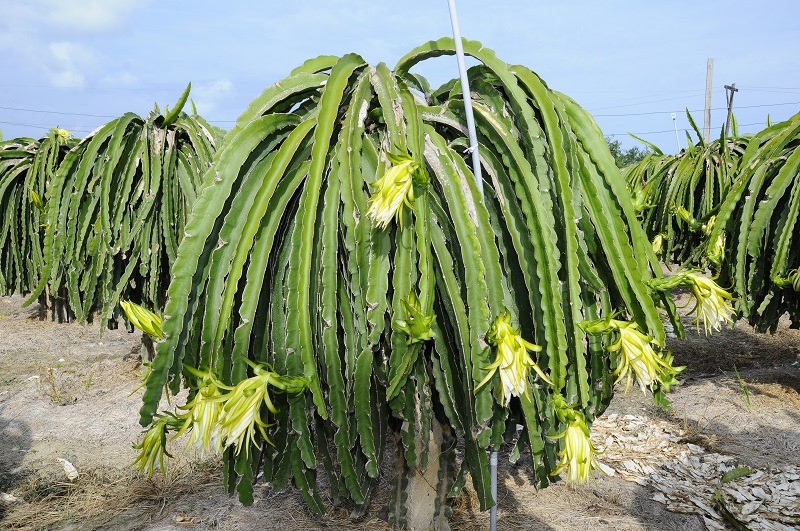
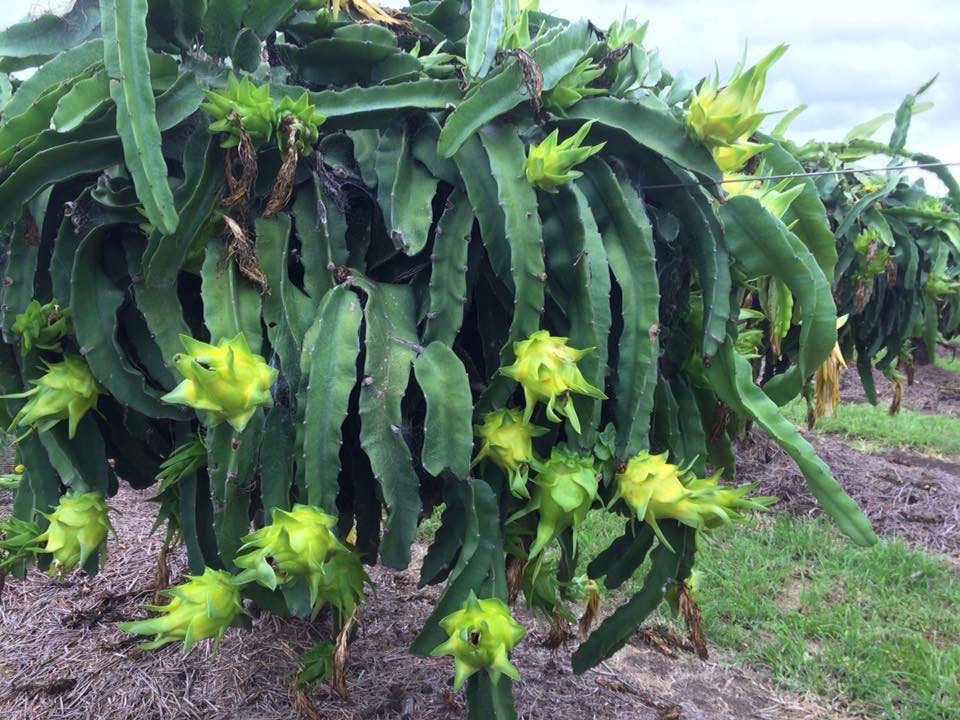
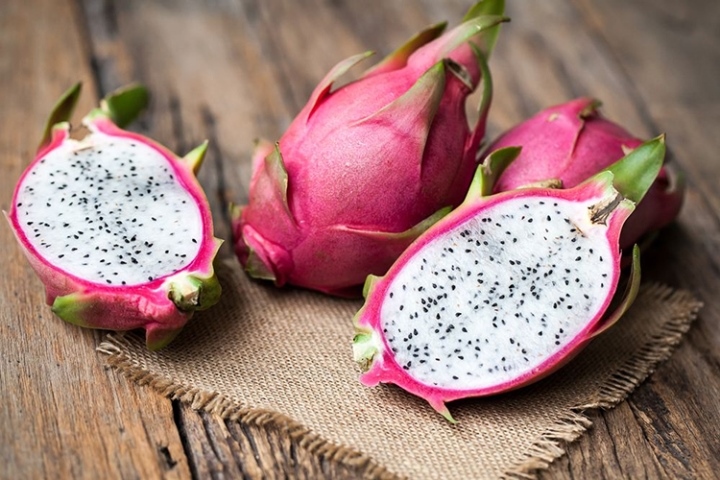

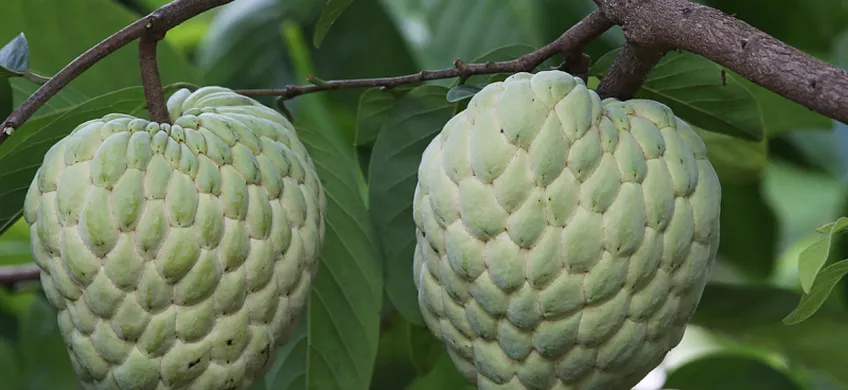
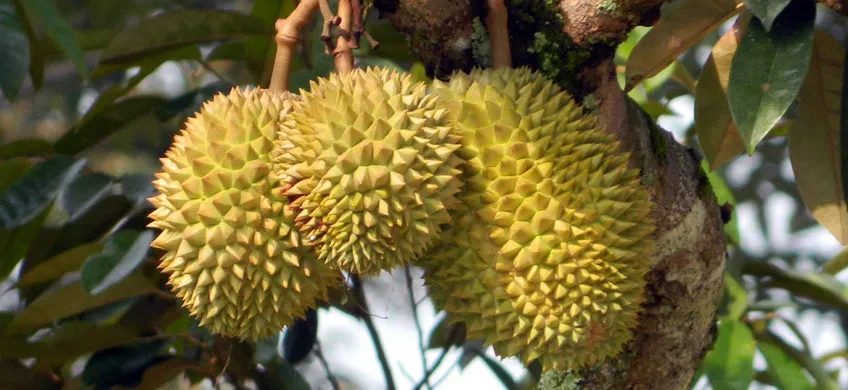
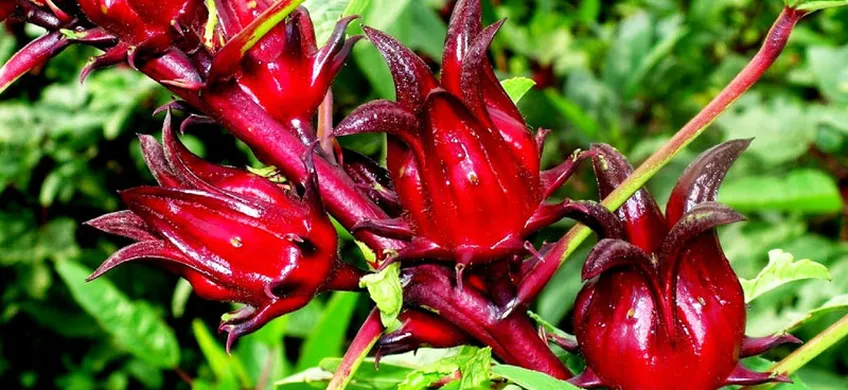


main.comment_read_more